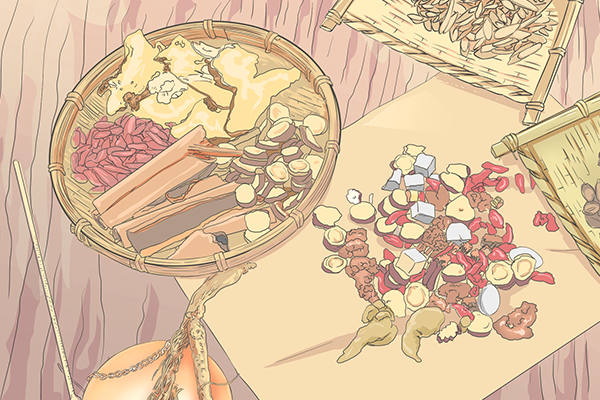What are the effects and benefits of Rhizoma Dioscoreae?
Bai Xie usually refers to turmeric. It has a bitter and pungent taste, is warm in nature, and enters the liver and spleen meridians. It possesses various therapeutic effects including promoting diuresis and removing turbidity, regulating qi and resolving blood stasis, unblocking collaterals and relieving pain, activating blood circulation, and antioxidant properties. Specific details are as follows:
1. Promoting Diuresis and Removing Turbidity
Turmeric enters the liver, stomach, and bladder meridians, and has the effect of promoting diuresis and clearing dampness and turbidity. It helps improve symptoms such as difficult urination and cloudy urine.
2. Regulating Qi and Resolving Blood Stasis
In clinical practice, turmeric is commonly used to treat various disorders caused by stagnation of qi and blood stasis. For dysmenorrhea or amenorrhea due to blood stasis, it is often combined with herbs such as zedoary, ligusticum, and angelica. For chest and rib pain caused by qi stagnation and blood stasis, it is frequently used together with safflower, bupleurum, and white mustard seed.
3. Unblocking Collaterals and Relieving Pain
Turmeric is often used in combination with qianghuo, atractylodes, and angelica to treat conditions such as rheumatic bi syndrome (painful obstruction syndrome) and blocked meridians.

4. Activating Blood Circulation
Turmeric is pungent and bitter in taste and warm in nature, entering the liver and spleen meridians. It promotes blood circulation. Pregnant women should avoid taking turmeric, as it may cause miscarriage.
5. Antioxidant Effect
The active ingredient curcumin in turmeric has strong antioxidant properties, helping to eliminate free radicals in the body and reduce oxidative stress-induced cellular damage.
Generally, the dosage and usage of turmeric should follow medical advice. Self-medication without guidance is not recommended to avoid adverse reactions. Additionally, patients should avoid consuming spicy or irritating foods while taking turmeric, as they may interfere with the drug's effectiveness. If any discomfort occurs during treatment, medication should be stopped immediately and medical attention sought at a hospital.








